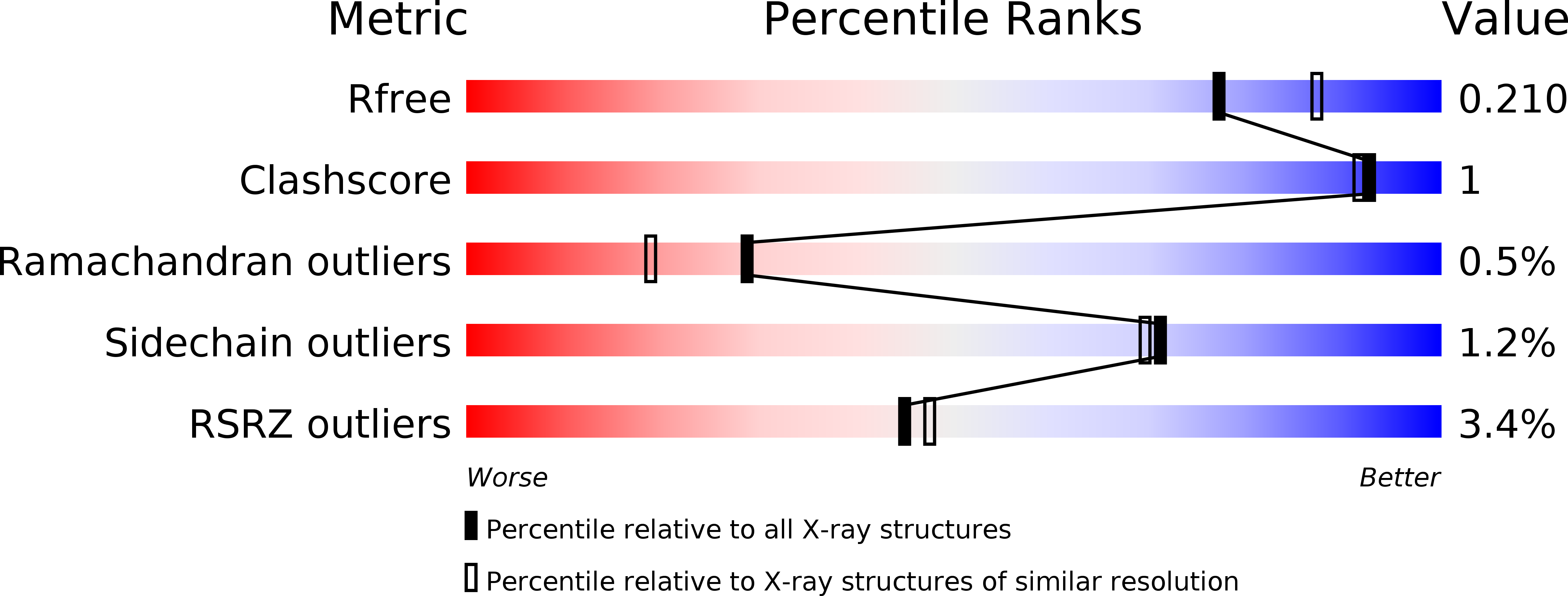
Deposition Date
2013-03-21
Release Date
2013-08-14
Last Version Date
2023-11-08
Entry Detail
PDB ID:
3W8S
Keywords:
Title:
Crystal structure of monomeric Na-GST-3, a glutathione s-transferase from the major human hookworm parasite Necator americanus
Biological Source:
Source Organism:
Necator americanus (Taxon ID: 51031)
Host Organism:
Method Details:
Experimental Method:
Resolution:
2.07 Å
R-Value Free:
0.22
R-Value Work:
0.17
R-Value Observed:
0.17
Space Group:
P 43 21 2


